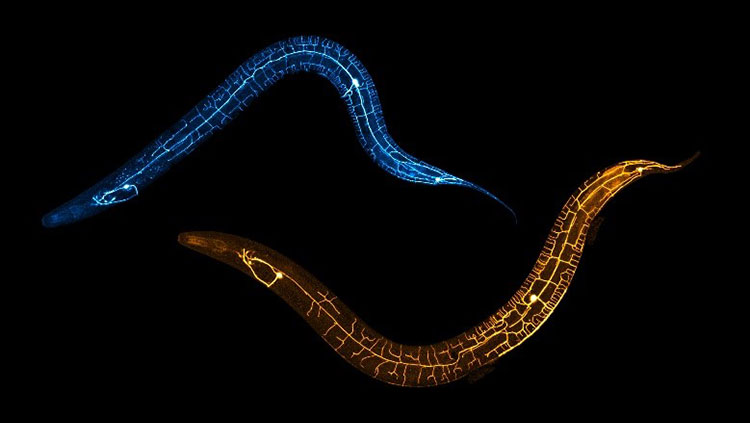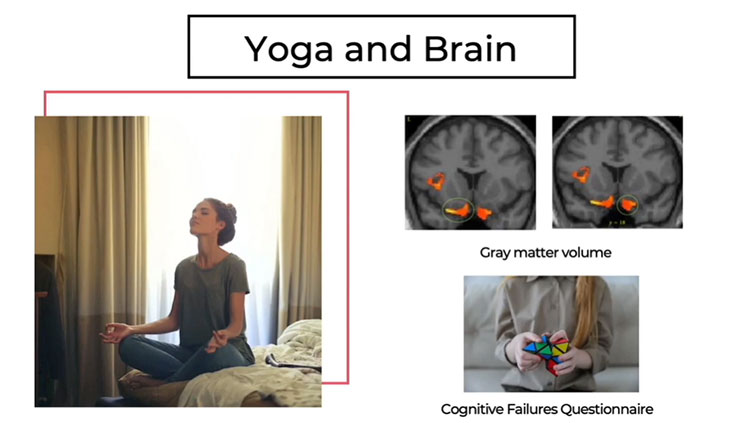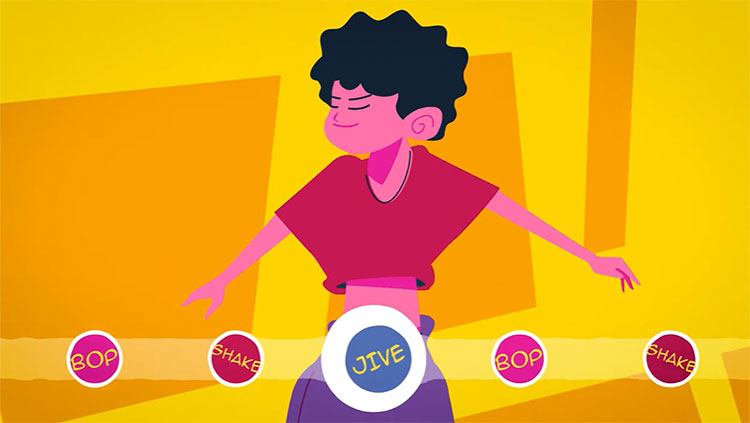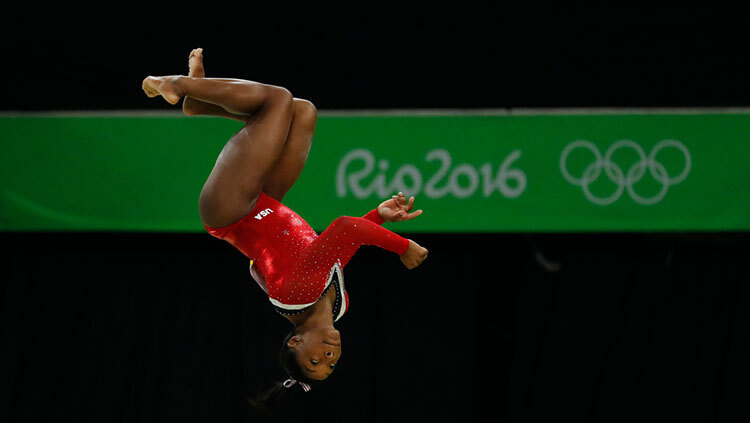Who's in Control: Insights into Movement Coordination
- Published11 Oct 2022
- Source BrainFacts/SfN
Reaching for a glass of water and lifting it to take a sip is a simple action, but it takes intricate coordination of joints and muscles. Exactly how you execute that movement is determined unconsciously by communication between your brain and your spinal cord. Networks in the spinal cord can control certain innate movements — such as breathing, chewing or walking — independent of the brain. Scientists are exploring these networks to develop better treatments and enhance recovery from nervous system injuries.
This is a video from the 2022 Brain Awareness Video Contest.
Created by Cady Seavey.
CONTENT PROVIDED BY
BrainFacts/SfN
Transcript
Movement is essential for daily activities. There are many ways we can move our body. Therefore, to produce the desired action, we must control our body.
In a reaching task, for example, there are multiple joint movements we must control for in each direction at each joint in the arm. So, how do we coordinate thousands of motor units, muscles, and joint movements? How does Simone Biles control her body to perform a multiplanar double backflip while twisting three times and Kipchoge run a sub-two-hour marathon?
This fundamental issue of motor control is known as the degrees of freedom problem. Although many parts of the brain are involved in movement control, much of our movement coordination occurs below the level of the brain at the spinal cord allowing us to perform quick, discrete movements.
The solution to the degrees of freedom problem is explained by Richard A. Schmidt’s theory on motor programs. Motor programs act as the blueprint of specific functions involving the motor cortex, premotor cortex, and cerebellum. Under this hierarchical organization, movement execution is under unconscious control. Our brain first identifies a stimulus and determines the desired action. Then, selects a motor program and sends this information to the effectors to produce the action.
As a result, we can allocate more attentional resources to other functions allowing us to perform multiple tasks at once such as texting while walking. The theory of motor programs extends beyond learned activities such as kicking or throwing. Central pattern generators, or CPGs, are like motor programs, and are a local network of neurons used to generate innate rhythmic behavior such as chewing, breathing, and locomotion.
Once initiated, CPGs independently sustain rhythmic activity. Evidence of CPGs was first observed in animal studies. In cats, researchers severed the spinal cord at a specific location and examined muscle activity. Although there was no input from brain, they found the cats were able to walk on a treadmill, provided bodyweight support. Once initiated, CPGs have shown to independently sustain rhythmic activity.
Researchers have also applied this theory to humans for locomotor neurorehabilitation. Studies have shown human spinal circuits can produce rhythmic muscle activation patterns comparable to CPG-induced locomotion observed in animal models. However, no human model exists to date that is comparable to animal models. In individuals where the spinal cord has been severed completely, gait recovery has been limited.
Evidence of motor programs and CPGs reveal how much of our movement is under unconscious control. Thus, solving the degrees of freedom problem. While there is little known about CPGs in humans, continued research may provide valuable insights leading to advancements in neurorehabilitation. Freeing up resources in the brain, allowing us to multitask and move around the world in complex ways.
Motor programs and CPGs play an important role in our daily lives allowing us to perform amazing complex tasks and may play a critical role in advancing technology in neurorehabilitation.
Also In Movement
Trending
Popular articles on BrainFacts.org

















